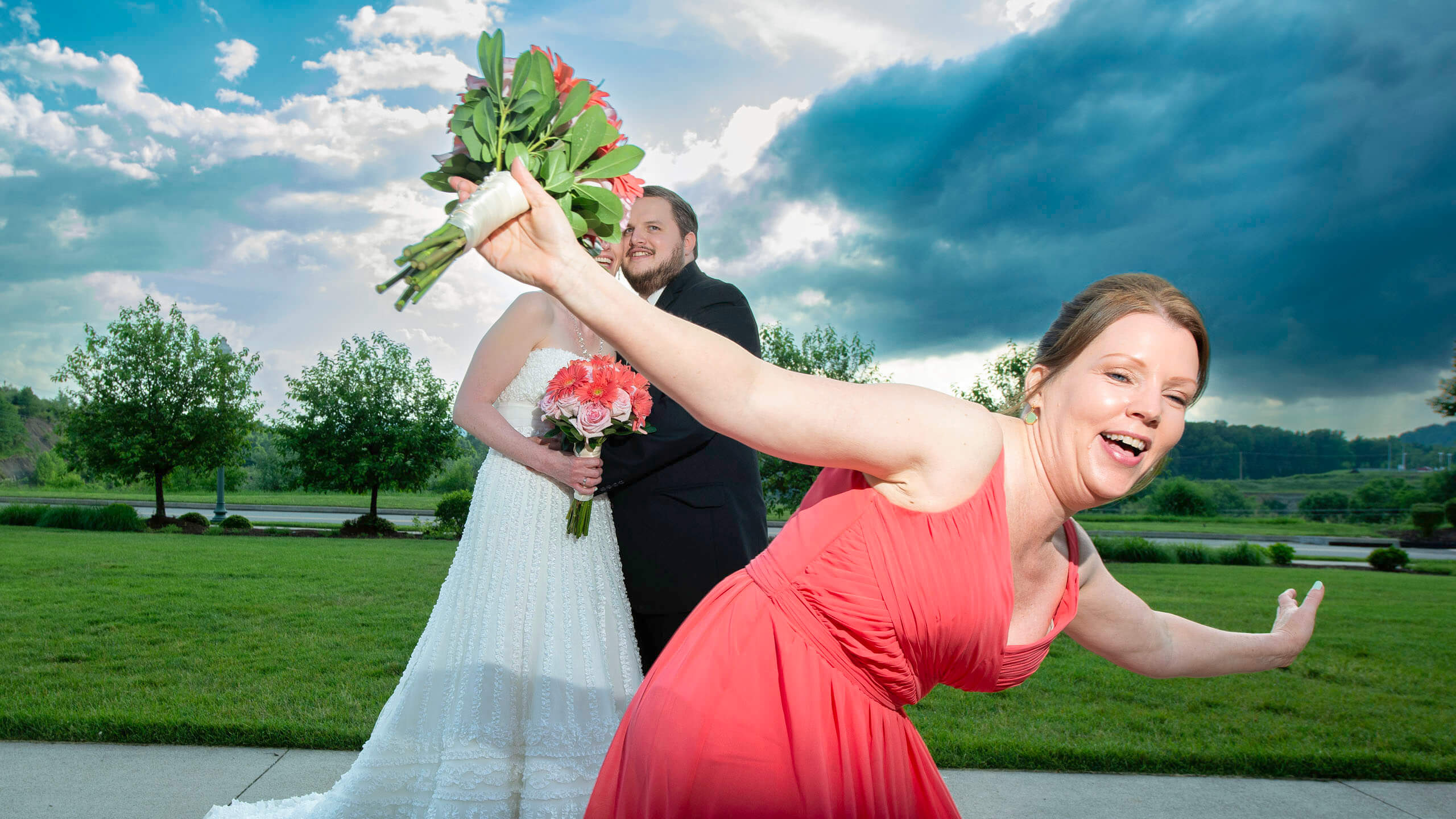The Inverse Square Law is simple. No, really. And it can help your lighting. I’ll describe it in simple terms. No charts, no math. Sounds good? Let’s do it!

Stand farther back!
Just like anything else, light travels. And just like you calling after someone far away or throwing a baseball, over time and distance, it also diminishes.
So what does that have to do with lighting in photography? I’m glad you asked. The Inverse Square Law in essence states that if you move your light farther away from the subject, the light will diminish in brightness. Yeah. Move farther away, and your illumination grows dimmer.
That intuitively makes sense, right? After all, if you hold a flashlight close to a subject, the subject will look brighter than if you lit it up while standing far away. So it is with any other light as well.

Okay, maybe one tiny little bit of math….
It so happens that the Inverse Square Law simply tells us how much the light diminishes. Doubling our distance reduces the light falling on the subject by 25%. There. That was easy, wasn’t it?
Just remember that the Inverse Square Law is all about distance.
Practical application in real life
Photographers do this all the time for flash photography and strobes. And night photographers who light paint subjects do this as well. Often, intuitively.
Large subjects
Are you taking a photo of a large sculpture? Inverse Square Law to the rescue!
If you are photographing and the center of the sculpture is bright but the edges are not getting enough light, back up.
If the sculpture is twelve feet across, place the flash at least twelve feet from the center. You’ll also be about twelve feet from the edges.

Group portraits
Are you taking a photo of a group of people? Inverse Square Law to the rescue!
Let’s say that you are taking a photo of a group of people. You are frustrated because the people in the middle are much brighter than the people on the edges.
Step back. How far, you ask? Step back until the people you want to illuminate at the edges are about the same distance as the people in the center. It doesn’t need to be exact.

Dramatic falloff of light
Up to now, we’ve been talking about illuminating subjects evenly. But let’s do something different. Let’s light up the subject but not the background. Inverse Square Law to the rescue!

Get close to the subject. If you are light painting, reduce the brightness of your light. If you are using a flash, do the same. The closer you are, the more the light falls off. We’re doing the opposite of the large subject or the large group of people. Here, the light falls off very quickly because we’ve moved in close.
Light spill
When we are using a flash or light painting, when we step farther away, there’s more light spill as well. That’s why in the previous example, we can create a dramatic falloff of light. But conversely, if we step farther away, our light can fill up more of the background as well as the subject.
It really is all about distance
And remember, this all has to do with the distance in which we choose to use our light. Inverse Square Law is all about distance.
Learning more about Inverse Square Law and light painting
You can learn more about Inverse Square Law and light painting in a fun, easy way at Nelson Ghost Town night photography workshop In Nevada or Old Car City USA in Georgia.
Source link




Leave a Reply